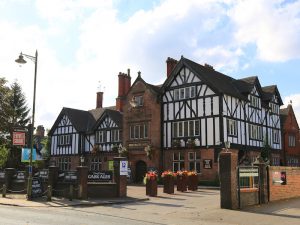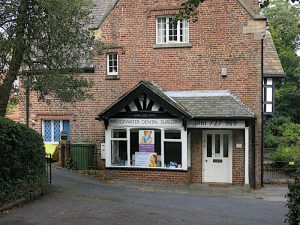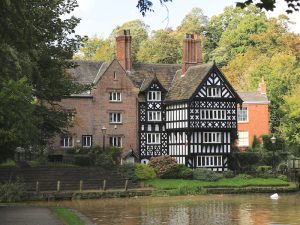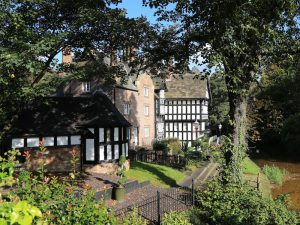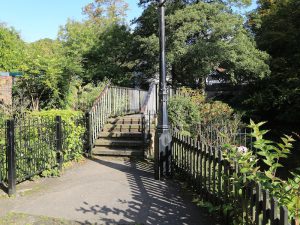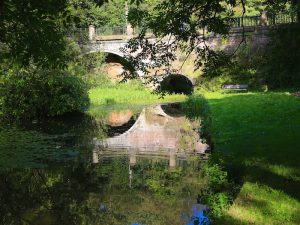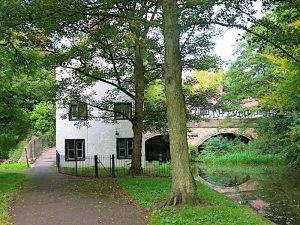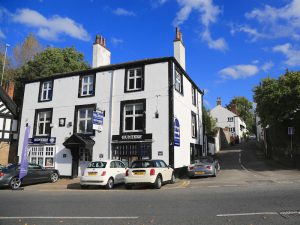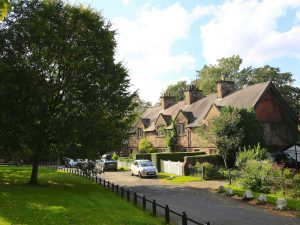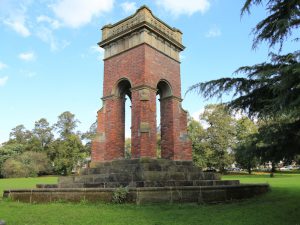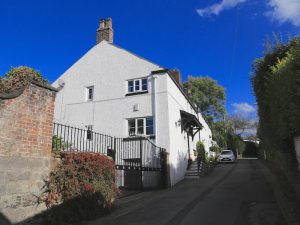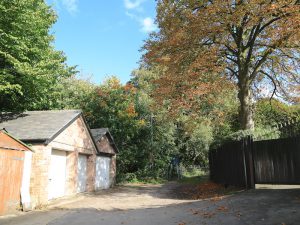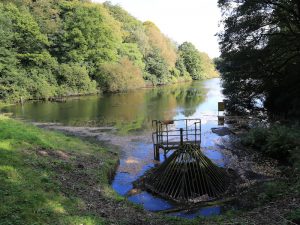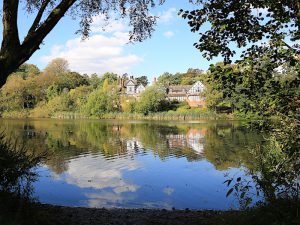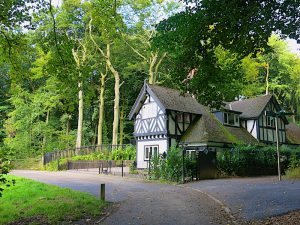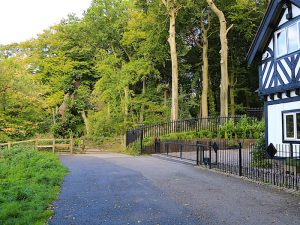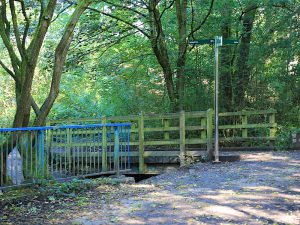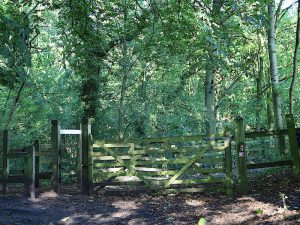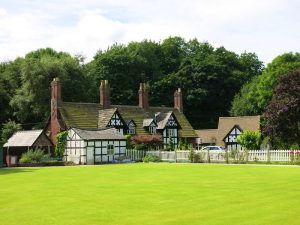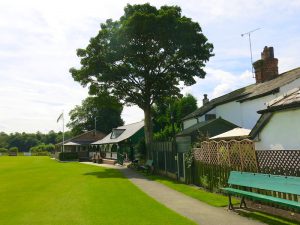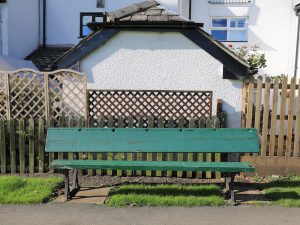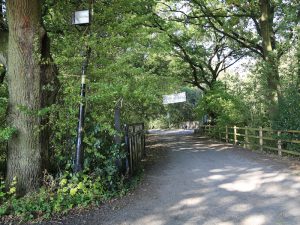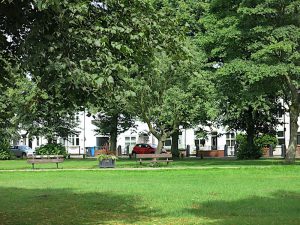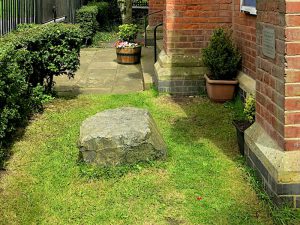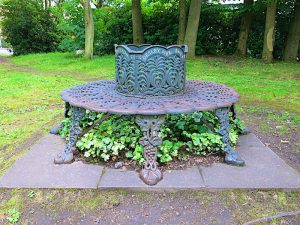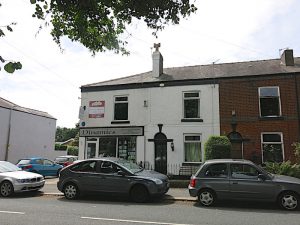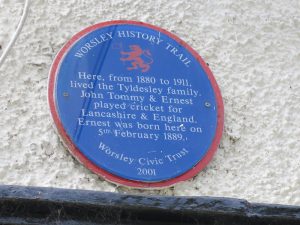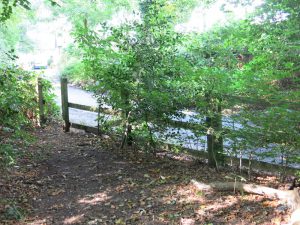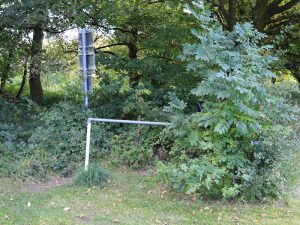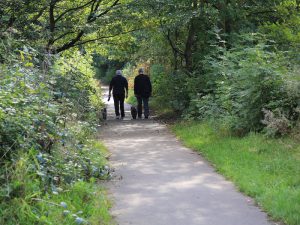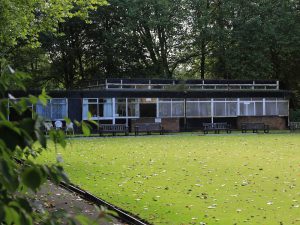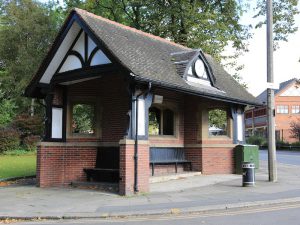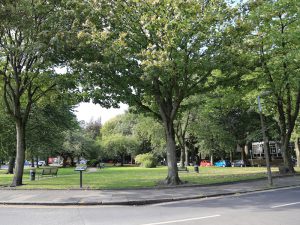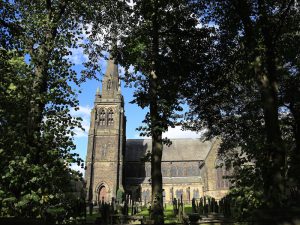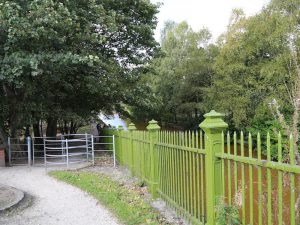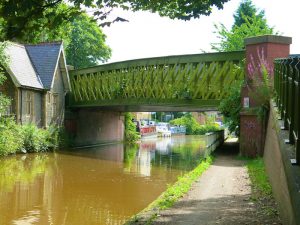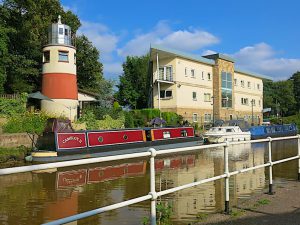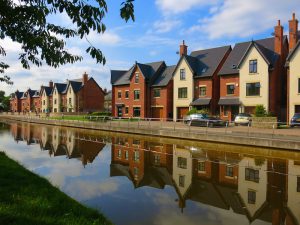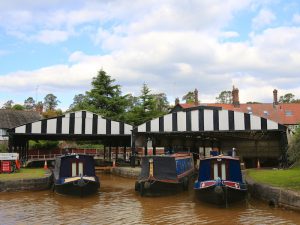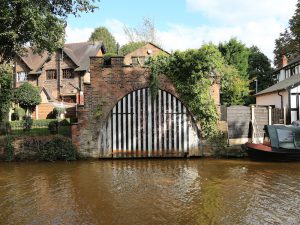Superlative Walks
Urban and rural trails, each with something very specialWorsley – Directions and Added Information
1. This walk begins by the Bridgewater Hotel, (postcode M28 2PD) where there is a pay and display car park, at OS Grid reference 749103 on the Explorer map 277. Cross the road and turn left and then right by a small, half-timbered building at the entrance to a Dental Surgery. Take the path to the right of the surgery to the Packet House.
More information
The Packet House was built in 1760, just before the completion of the Bridgewater Canal. Passenger services along the canal to Manchester started in 1769. Tickets were sold at the Packet House and boats were boarded, by passengers and cattle, at the boat steps in front of the house. The Bridgewater Canal is sometimes described as England’s first canal. It was named after the third Duke of Bridgewater who built the Canal to transport coal from mines at Worsley to Manchester. Opened on 17th July 1761, the Bridgewater Canal was the first canal in Britain to be built without following an existing watercourse, and so became a model for those that followed it.
3. After crossing the bridge go left into the Delph, a short leg of the canal leading to a rocky cliff.
More information
This provided sandstone for the construction of the canal and is also the entrance to an underground canal system. Work began on the system in 1759 and a million tons of coal a year were produced until 1887. To relieve congestion a second tunnel was built. The tunnels also helped to drain the mines, providing a source of water for the canal. The 47 miles of tunnels were built on four different levels, connected by a water powered inclined plane and lifts.
4. Leave the Delph and walk up the path to the left of a white building.
More information
5. Turn right at the road just past the Nailmaker’s House. Walk along Worsley Road, past the junction with Mill Brow, to the Green on the right of Worsley Road. Walk around the Green.
More information
Until 1903, this was Worsley Yard, the centre of an industrial complex with various canal-related trades. The yard had a clock that struck 13 times at 1pm, so that workers could hear it above the noise of the yard and know that they had to return to work after lunch. It was thought that they could easily fail to hear a single strike. The clock is now in the nearby St Mary’s Church, where it still strikes 13. In the centre of the Green is a memorial dedicated to the third Duke of Bridgewater, originally the blacksmith’s chimney in Worsley Yard.
6. Return along Worsley Road and turn right up Mill Brow. Follow this into Worsley Woods, and, on the left, a lake retained by Old Warke Dam.
More information
Worsley Woods is a local nature reserve with a wide range of wildlife and wildflowers. Old Warke Dam was built in the mid-19th century as a private boating and fishing lake for the first Earl of Ellesmere. On the far side of the Lake is The Aviary, a mock Tudor building from 1850. built as a hunting and fishing lodge.
7. Continue along the path with the lake on your left and bear left at its end where paths cross. Go through the wooden gate to the left of The Lodge and continue along the path.
More information
8. Follow the path under the M60 motorway and then turn left across a bridge, following the sign which says Beesley Green 720m. When you reach a row of Tudor style cottages behind a fence and above the level of the path on the right go through a gate. The path bends right up to Beesley Green.
9. Walk to the left of the bowling club. Cross the Green and to the left of the Beesley Green Community Centre. Then turn right through a gate at the edge of a cricket field. Take a short detour to the right to visit the cricket pavilion.
More information
10. Return to the car park adjoining the cricket ground.Exit at the left corner of the car park, turn right and cross the bridge.
More information
This is Beesley Bridge, built to cross the Manchester to Bolton and Wigan railway lines. An accident occurred there when a group of wagons broke free and ran downhill from Little Hulton. They were diverted into sidings but damaged the bridge. Villagers managed to rescue quantities of Daddie’s Sauce and wellington boots from the resultant fire.
11. As the road bends right cross to take a path crossing the green straight ahead. By the house at the right end of a row ahead of you bear left then follow the path to the right of a children’s playground. Note the Friends of Roe Green sign.
More information
The Green is common land, once used for common grazing and archery practice; we hope not at the same time.
12. Turn right along the road at the far side of the Green and walk as far as the Church on the left near the end.
More information
14. Cross the main road, Greenleach Lane, and turn right. Then turn left into Starkie Street, and walk down the steps at the end of the street. At the foot of the steps, turn left and follow the path, along the former railway line, passing under the M60 and under the next road bridge.
More information
16. Follow the lane as it winds back and forth, at first unmade then with a concrete surface, with detached houses on both sides. Pass Spring Clough on the right and then continue on Chatsworth Road.
17. Pass the driveway of The Spinney and Glen Bank on the right then take the path to the right of a fence with houses on the left. Follow this path, which passes alongside a golf course on the right and then crosses a fairway on a worn path with white markings. Beware of golfers and golf balls.
More information
Worsley Golf Club was founded in 1894 and designed by the legendary James Braid.
18. After crossing the fairway, by a railing enter a wooded area then after 30 metres turn right along a path with the golf course on both sides. At the end of the golf course go straight on at a metal gate, pass Brackley Road on the left and a bowling club on the right. Turn right on a road before the roundabout. On the left is Monton Green.
More information
19. After visiting the shelter turn right to cross the Green with the Church on the right and then Stableford Avenue on the right. Turn right at the roundabout, pass Duke’s Drive on the right and cross the canal bridge then turn right to access the towpath. Take a detour right under the bridge to The Waterside pub.
More information
20. Return under the canal bridge and take the towpath 1.5km back to Worsley.
More information
As you approach Worsley note that the water in the canal a has an orange tint due to the water coming from the mines containing traces of iron ore.
21. Entering Worsley on the towpath, you will pass modern houses on the far side of the canal and then come upon a group of older buildings at a boatyard.
More information
These buildings date from the early 1760s. The building with the two black and white gables facing across the canal contains Britain’s oldest inland waterway dry dock. Further along the canal note the castellated brisk structure containing back and white striped doors. This is the Duke of Bridgewater’s Boathouse, which contained his Inspection Barge. As that once carried Queen Victoria it became known as the Royal Barge.
22. This is the end of the walk.
More information
For post-walk refreshments visit either the Bridgewater Hotel or, a few hundred metres back towards Monton, set back a little from the canal, the Barton Arms.

